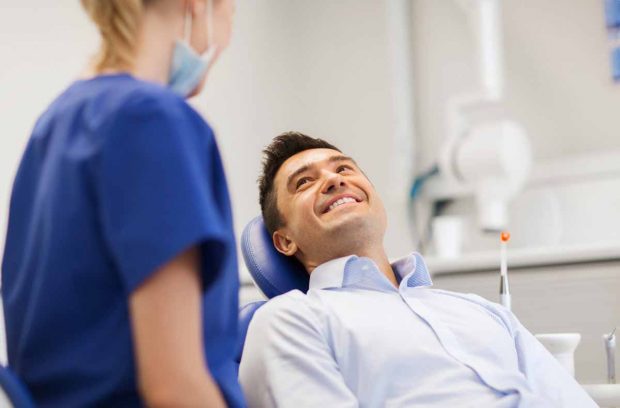Botox in Dentistry: Redefining Patient Confidence and Comfort
Introduction to Botox in Dentistry
In recent years, the field of dentistry has witnessed a remarkable evolution, expanding beyond traditional oral care to encompass innovative therapeutic and aesthetic treatments. One such groundbreaking advancement is the integration of Botox Tunbridge Wells treatments into dental practices, offering patients comprehensive solutions for both functional and cosmetic concerns.
The Evolution of Dental Applications
Modern dentistry has embraced Botox treatments as a complementary service to traditional dental procedures. This revolutionary approach has transformed how dental professionals address various oral and facial concerns. According to recent studies in dental therapeutics, Botox has proven particularly effective in treating conditions that were previously challenging to manage through conventional dental methods.
Therapeutic Benefits in Dentistry
The therapeutic applications of Botox in dentistry extend far beyond mere aesthetic improvements. Dental professionals now utilise this versatile treatment for various conditions, including:
- Temporomandibular Joint (TMJ) disorders
- Bruxism (teeth grinding)
- Muscle tension headaches
- Excessive gingival display (gummy smile)
- Masseteric hypertrophy
Clinical Safety and Regulations
The administration of Botox in dental settings is strictly regulated by professional bodies such as the Dental Board of Virginia and similar regulatory authorities. These organisations ensure that dental professionals receive proper training and certification before offering Botox treatments. Research published in the Journal of Clinical and Diagnostic Research confirms the safety and efficacy of Botox when administered by qualified dental practitioners.
Patient Benefits and Treatment Outcomes
The integration of Botox into dental practices has revolutionised patient care by offering comprehensive treatment solutions. Patients experiencing TMJ disorders or chronic facial pain often report significant improvement following targeted Botox therapy. Moreover, the treatment’s dual therapeutic and aesthetic benefits have made it an increasingly popular choice among those seeking both functional improvement and facial enhancement.
Customised Treatment Approaches
Modern dental practices offering Botox treatments understand that each patient’s needs are unique. They develop personalised treatment plans that consider both the functional requirements and aesthetic goals of their patients. This tailored approach ensures optimal results while maintaining natural facial expressions and movement.
Treatment Process and Patient Experience
The administration of Botox in dental settings is remarkably straightforward, typically completed within 30 minutes. Patients can expect minimal discomfort during the procedure, with many returning to their daily activities immediately afterwards. The effects generally become noticeable within a few days, with optimal results appearing within two weeks of treatment.
Duration and Maintenance
The longevity of Botox treatments varies among patients, typically lasting between three to six months. Factors influencing duration include:
- Individual metabolism rates
- Treatment area
- Dosage administered
- Patient lifestyle factors
Integration with Traditional Dental Care
Dental practices that offer Botox treatments often integrate them seamlessly with conventional dental procedures. This comprehensive approach allows for more effective treatment of complex cases where multiple therapeutic interventions may be necessary. For instance, patients receiving orthodontic treatment might benefit from complementary Botox therapy to address associated muscle tension.
Future Developments
The field of dental Botox continues to evolve, with ongoing research exploring new applications and refinements to existing protocols. This constant innovation ensures that dental practices can offer increasingly sophisticated solutions to their patients’ needs. As more dental professionals incorporate these treatments into their practices, patients in areas such as Tunbridge Wells benefit from having access to comprehensive care under one roof.
Conclusion
The integration of Botox into modern dentistry represents a significant advancement in patient care, offering solutions that extend beyond traditional dental treatments. As more dental practitioners embrace this therapeutic option, patients continue to benefit from improved treatment outcomes and enhanced overall well-being. The availability of such treatments through qualified dental professionals ensures that patients receive safe, effective care that addresses both functional and aesthetic concerns.
For those considering Botox treatments in a dental setting, it’s essential to consult with qualified professionals who can provide comprehensive evaluations and personalised treatment plans. With proper care and expertise, Botox in dentistry continues to redefine patient confidence and comfort, establishing itself as a valuable component of contemporary dental practice.





